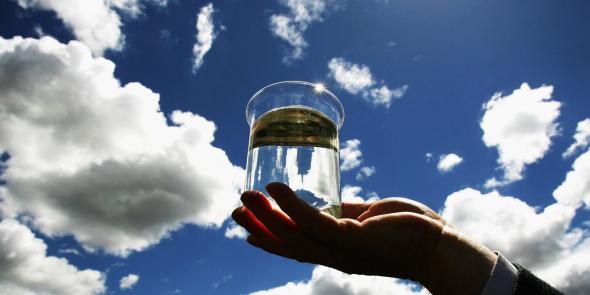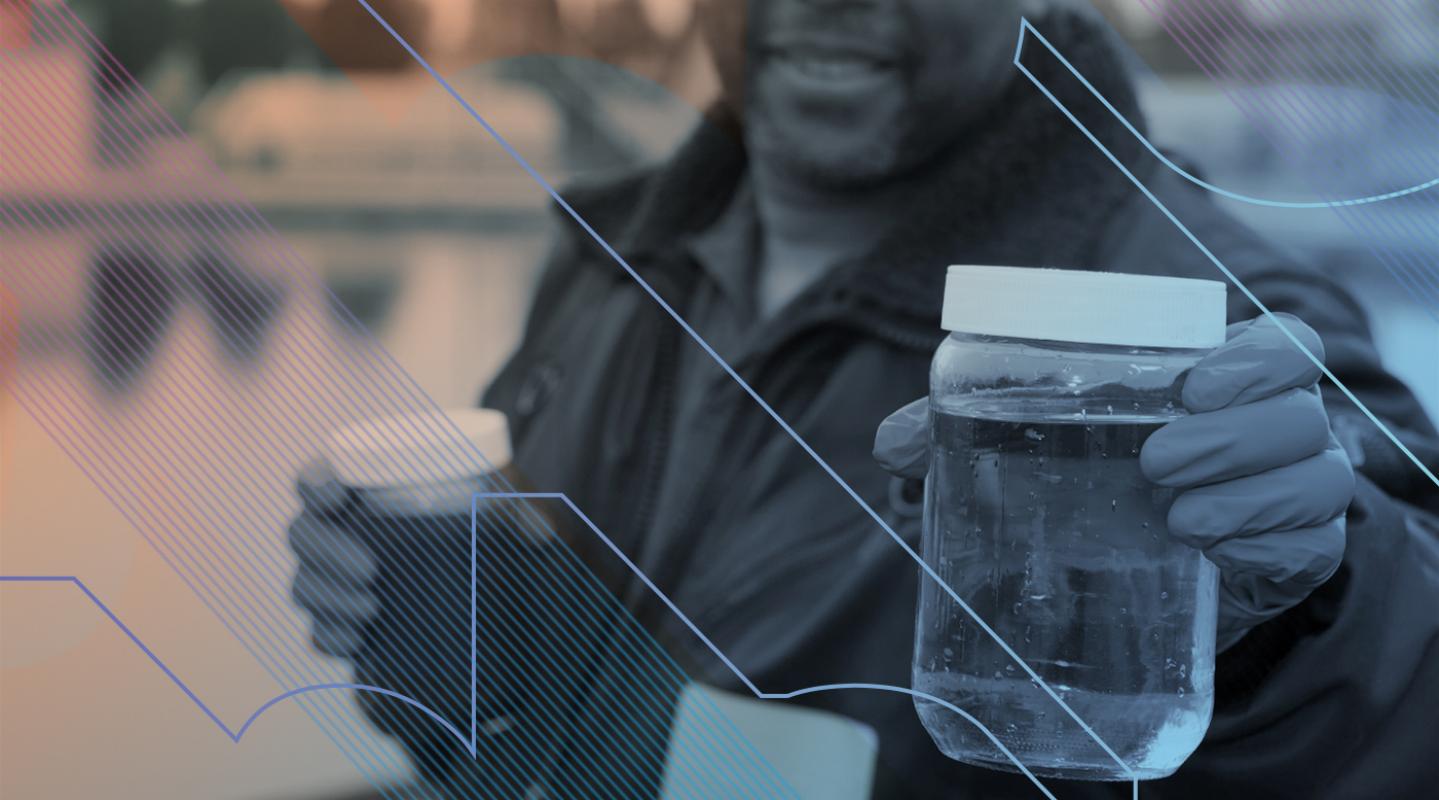
Overcoming Waste Water's Gross-Out Factor:
Can science solve the public's revulsion to recycled water?
As California enters its fourth year of severe drought, the question on everyone’s mind is “where do we get more water?” Many point to desalination, but Brent Haddad, a professor of environmental studies at the University of California, Santa Cruz, has an additional, more affordable approach in mind: reclaimed waste water.
Southern California could reduce its reliance on imported water by anywhere from 30 to 50 percent if cities fully implement reclamation and reuse, according to Haddad. The technology is in place to filter once-used water until it’s as clean, if not cleaner, than water directly from nature.
But as the term “toilet-to-tap” suggests, reclaimed water is weighted with a host of psychological barriers.
“I set out to find out what the disgust response is all about and how to overcome it,” says Haddad.
A Contagion of the Mind
For a study released in January in the journal Judgment and Decision Making, Haddad collaborated with several psychologists to examine precisely what makes the general public feel hostile and repulsed by the idea of allowing treated wastewater into drinking water supplies.
The scientists surveyed a sample of over 2,000 Americans from five metropolitan areas and a smaller group of American undergraduates, and found that 13 percent outright refused to try recycled water – even if they were told it had been purified. While 49 percent said they were willing to try it, 38 percent remained uncertain.
Paul Rozin, a professor of psychology at the University of Pennsylvania, who co-authored the study, said water provides a classic example of what he and others in the field refer to as “psychological contagion.” Rozin, who has been writing about the psychology of disgust since the 1980s, describes it as, “a powerful feeling, only partly explained by physical contamination.”
“It is like belief in God for many people ... not really subject to evidence, pro or con,” Rozin said.
For the respondents most opposed to drinking reclaimed water, it was the water’s history that loomed large in their minds.
“If they associate this history with contamination, they’re repelled by it,” Haddad said.

Shifting Public Perception
Haddad suggests telling a different story about the water. A focus on the water cycle, for example, shows that all water is ultimately recycled.
“You can point out that we’re dealing with something that has been through the hydro-cycle uncounted times and this is just part of it,” Haddad said.
In other words, all water has probably been in someone’s toilet. And all water, if filtered by nature or technology, can be made pure again.
To prove this point, Haddad can point to research he’s been co-sponsoring with NASA’s bioscience division, which is looking to find a filtration system powerful enough that it can take the water molecules directly from human waste and make it drinkable.
“It’s far more challenging than when you have a lot of water diluting it,” he says, adding: “We’re not there yet, but there are some interesting ideas we’re looking at.”
In the meantime, Haddad and Rozin advise municipalities to bypass the “rejectors” and focus on the larger “undecided” group to shift public perceptions of reclaimed water.
One approach is to integrate reclaimed water into drinking supplies, and tell people about it later. Eventually, the theory goes, most people will accept it.
“That’s kind of like when a doctor pokes a patient with a needle before they’re aware they’re getting the shot,” Haddad said. “We know it works, but from the policy perspective, we don’t want to tread that roughly on people’s rights.”
How Pure is “Pure?”
Another option is to slowly ramp up the use of the water with trial periods and abundant amounts of marketing and education. In Australia, for instance, 76 percent of the residents in the city of Perth approved the use of reclaimed water, after a three-year trial period. Orange County, California, introduced reclaimed water in 2008, with a robust marketing campaign including plant tours, pizza parties, and public meetings to explain the process. By the end of 2015, the county’s water plant is expected to contribute around 100 million gallons to the potable water supply every day.
If neither of those options appeals, researchers suggest localities create a physical barrier that randomizes the water, or mixes reclaimed water with other sources so it is impossible to know which molecules end up in your tap.
“This allows a city’s residents to say, ‘Oh, it’s probably not in my water,’” Haddad said. “It has contact with the ‘pure water’ and they focus on that connection.”
But, Haddad added, this approach requires an expensive engineering step. And in some cases, the natural water is less pure than the treated reclaimed water, making it a hard sell for city officials.
“They don't usually want to spend more to make their water less pure in order to satisfy a psychological need,” Haddad said.
Ultimately, research like Haddad's can’t happen fast enough. Even if an El Niño winter brings an end to California’s historic drought, the changing climate likely will cause continued uncertainty about where rain will fall and how often.
“There’s a belief that we can conserve our way out of any water shortage. But we can reach conservation limits,” Haddad said. “At some point we have to think about increasing supply through water reclamation and re-use, and desalination.”
